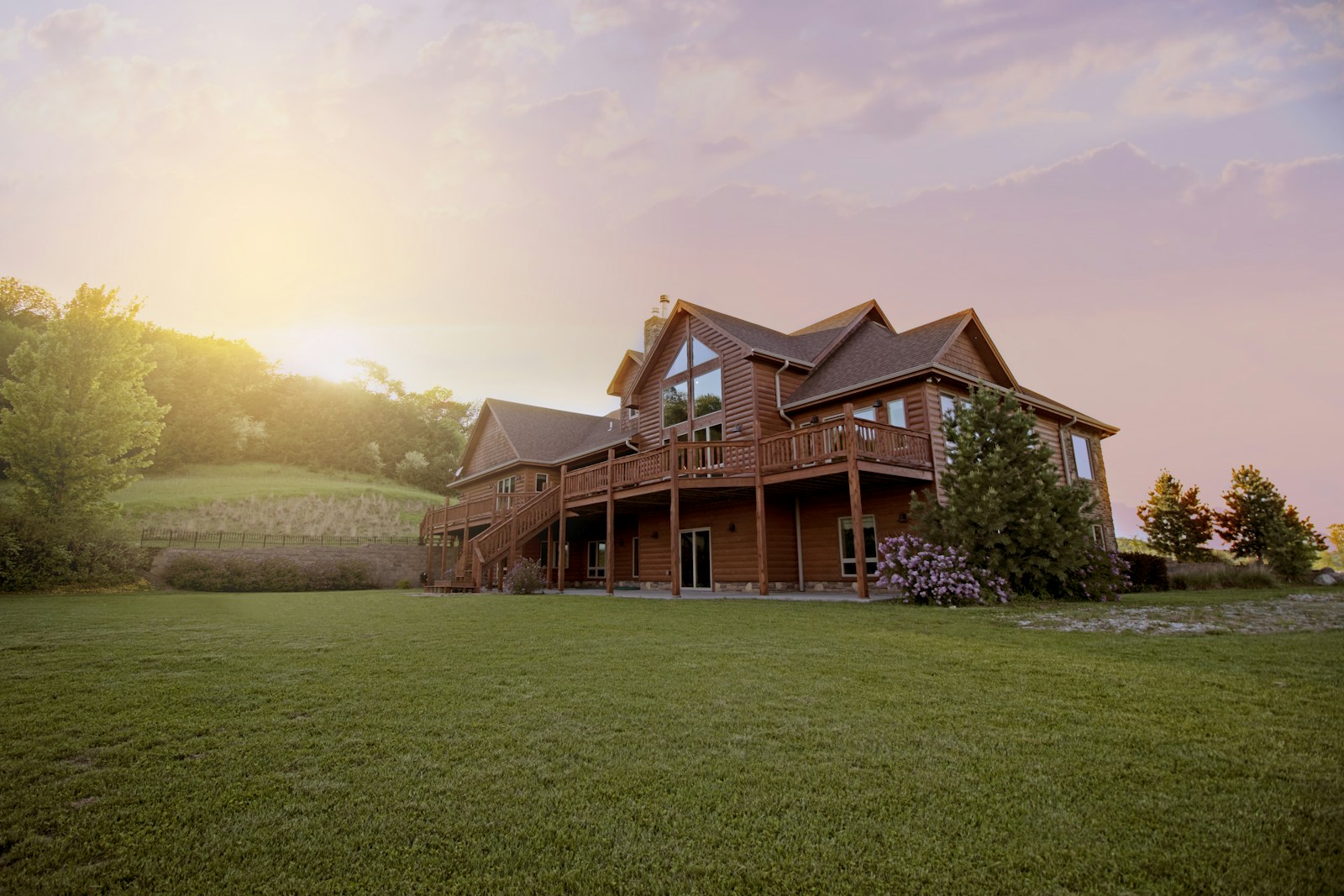If you've been waiting for the right time to sell your home in Burlington, Ontario—especially in neighbourhoods like Aldershot, Roseland, or Shoreacres—you’re not alone. Many homeowners are now stepping off the sidelines, ready to list as market conditions begin to shift. But selling in today’s Southern Burlington real estate market requires more than just timing. It demands a clear strategy, local expertise, and a deep understanding of current trends.
As your trusted Burlington REALTOR®, I’m here to help you navigate the process with confidence.

The Burlington Real Estate Market Is Evolving
Across Canada, housing demand remains strong and prices are holding steady in many regions. Here in Burlington, buyer activity is picking up as mortgage rates stabilize and families look to make their next move. That said, Burlington’s micro-markets can differ greatly—even street to street. Some areas are approaching more balanced conditions, while others remain highly competitive.
Whether you’re in Shoreacres by the lake or near downtown Aldershot, understanding your neighbourhood’s current sales activity and price trends is essential for a successful sale.

Pricing Your Burlington Home Strategically
Pricing your home correctly is one of the most powerful tools you have as a seller. Overpricing can lead to extended days on market, while underpricing could leave money on the table. A comparative market analysis (CMA), combined with deep insight into Burlington’s sub-markets, will help you hit that ideal pricing sweet spot.
As part of my full-service approach, I’ll:
Provide a detailed market evaluation tailored to your home.
Offer insights on recent sales in Aldershot, Roseland, Shoreacres, and surrounding areas.
Recommend strategies based on buyer behaviour and current competition.

Timing Is Key—Even in a Hot Market
The right time to sell your Burlington home can vary based on the season, the week, and even the day you list. While spring and early summer are often ideal, market conditions and timing your home’s exposure can make all the difference.
Buyers in Burlington are active year-round, but:
Warmer months usually bring more serious buyers.
Listing mid-week may boost online visibility and weekend showings.
Flexibility with showing times increases your chances of getting strong offers quickly.

Preparing Your Home for the Burlington Market
Homes that show well sell faster—and often for more. That’s why staging, repairs, and decluttering are so important in Burlington’s competitive market.
Here’s how I help homeowners like you prepare:
Recommend local staging services that appeal to Burlington buyers.
Coordinate minor updates and repairs to boost appeal.
Arrange for professional photography and virtual tours to make your listing stand out online.
Curb appeal also matters—especially in neighbourhoods like Roseland, where mature trees, walkable streets, and charming exteriors are part of the lifestyle buyers crave.

Today’s Buyers Are Savvy—Be Prepared
Thanks to the internet and widespread access to real estate data, buyers in Burlington are more informed than ever. They’re comparing homes, neighbourhoods, school districts, and pricing trends in real time. That means your listing has to be competitive on every level—from price and condition to marketing and timing.
That’s why working with a local REALTOR® who understands Burlington’s micro-markets is key.

Finalizing the Sale With Confidence
Once your home receives an offer, my job is far from over. I’ll guide you through:
Reviewing offers and negotiating favourable terms.
Navigating inspections, financing conditions, and buyer requests.
Coordinating with legal professionals to ensure a smooth and stress-free closing.

Sell Smarter, Not Harder—With a Local Expert
Selling your home is one of life’s biggest decisions—but it doesn’t have to be overwhelming. With expert guidance, local knowledge, and a personalized strategy, you can move forward with clarity and confidence.
Whether you're selling a family home in Roseland, a lakeside bungalow in Shoreacres, or an investment property in Aldershot, I bring the local insight and full-service support to help you succeed.







































































